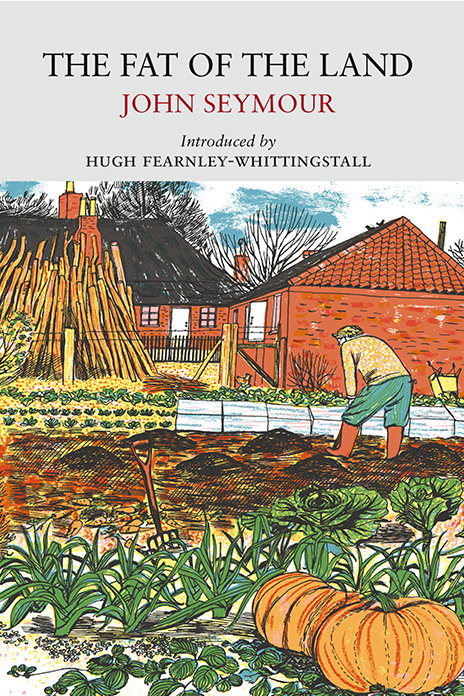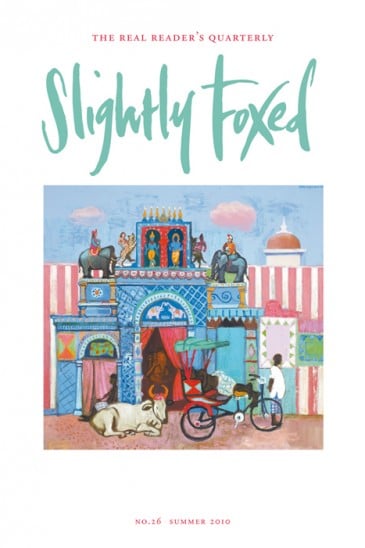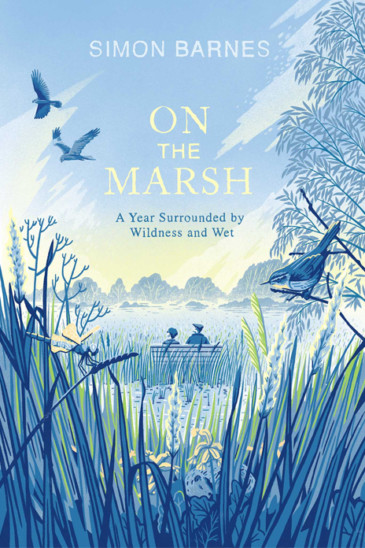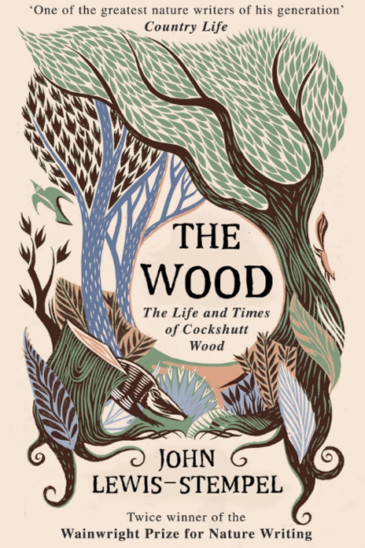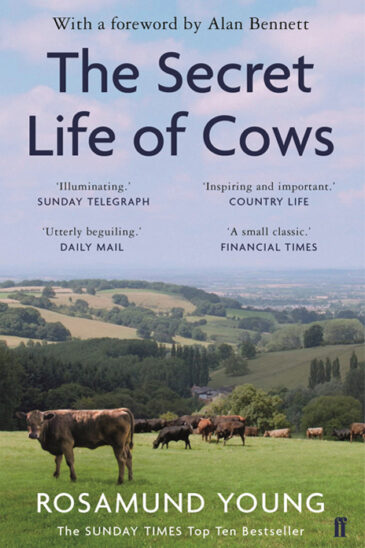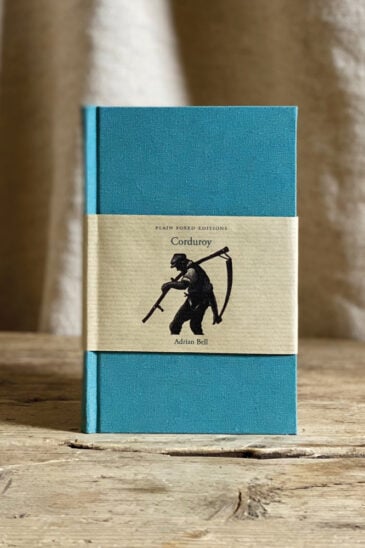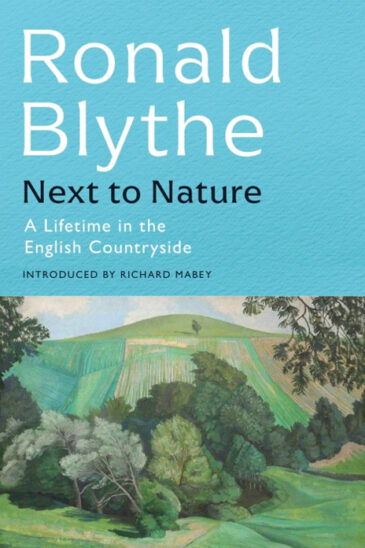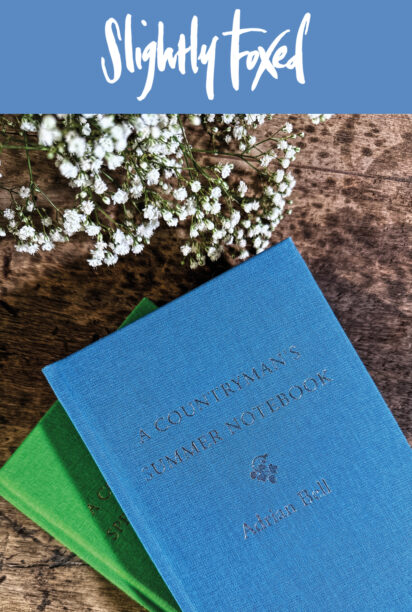John Seymour details the challenges and successes of his family’s life of self sufficiency. The Fat of the Land inspires us to carefully think about the way we live our own lives and consider the impact we might be having on the world around us.
‘This was a seminal book, published the year before Silent Spring, and offers a personal, practical and optimistic vision of a less-mechanized and less polluting world, one that works in harmony with nature, rather than against it. John Seymour goes on to document their life and struggles on the land in chapters on cows, pigs, vegetables and wild food in charming prose. More than fifty years on, The Fat of the Land remains an important and inspiring book.’ – Little Toller
Reviewed by Rowena Macdonald in Slightly Foxed Issue 26.
Cheddaring, Sparging and Gaffing
ROWENA MACDONALD
I live in east London in a second-floor flat with no garden. My groceries come from the local corner shop and, when I feel strong enough to face it, from the hellhole of a supermarket in Whitechapel. I grow some herbs in pots on my windowsill. The sage and rosemary do quite well but the coriander, tarragon, mint and parsley remain spindly however much I coax them. I have been known to forage for elderflowers, nettles and blackberries in Victoria Park and once, while visiting Dungeness, I broke off some sea kale from the shingle to eat with the kippers I had bought from a smokery there, then quickly had to hide it on realizing from a sign that it was a plant from an area of special scientific interest and I was liable for a £3,000 fine. I ate it anyway. It was . . . interesting.
In short, I am not in the least self-sufficient. And yet two books that have always had a strong influence on my imagination are the ‘back-to-the-land’ classics by John Seymour – The Fat of the Land (1961) and Self-Sufficiency (1973). My copies are the original editions, published by Faber, with beautiful woodcut illustrations by the author’s wife, Sally Seymour, depicting their self-sufficient rustic life in Suffolk and Wales, and diagrams of things that I will probably never need to know if I carry on living as I do, such as how to prune a fruit tree, how to dig a drainage trench in a field, the different parts of pig and beef carcasses (incorporating the visceral mysteries of the cod fat, the goose skirt, the kidney knob and the sticking), and ‘the “monk” device for controlling water level in fishponds’ . . .





